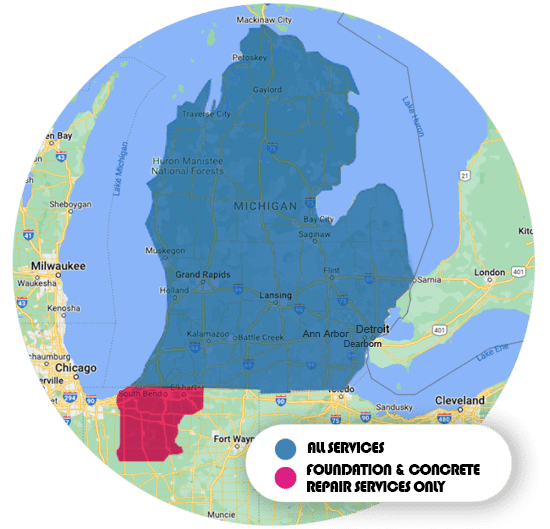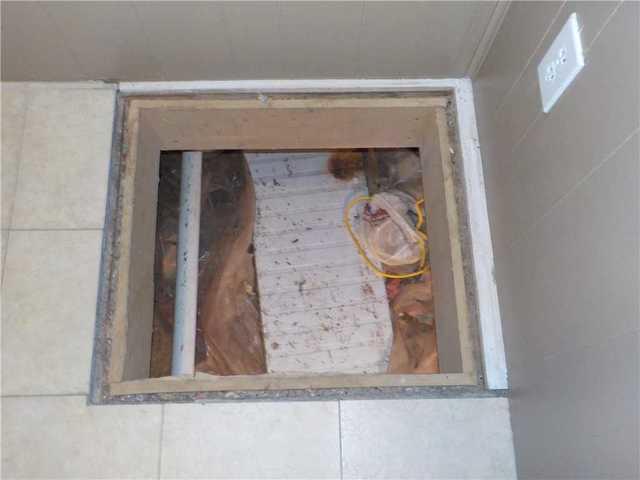
What Lurks Beneath Your Home
The entrance to this crawl space was in the house, and looking down into it, is that what you want to see? It's a good reminder that, whether the entrance is inside or outside, the crawl space is directly connected to the house and everything that happens in it also affects your home.
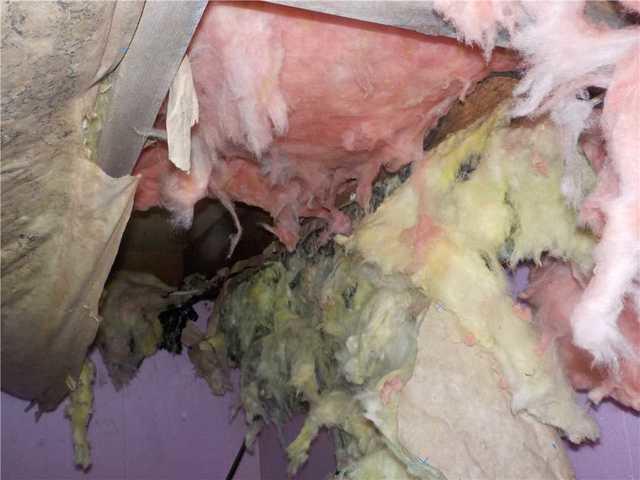
Wet, Moldy Insulation in Crawl Space
Fiberglass insulation is a terrible choice in crawl spaces, but builders commonly use it because they don't know better. The paper backing on the insulation is a great food source for mold and the fiberglass batting absorbs ambient moisture, rendering the insulation useless.

Mold-Riddled Beam in Crawl Space
Mold needs water and food in order to grow. A crawl space full of wooden support beams and high humidity is the perfect spot, especially since you don't spend a lot of time in your crawl space and likely won't catch it until it's gotten a foothold.
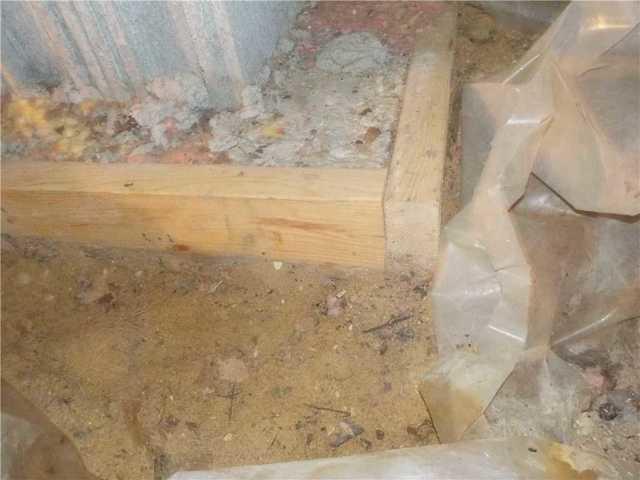
Plastic Sheeting Leaves Ground Exposed
Leaving large patches of the ground exposed, this plastic sheeting isn't a true barrier of any kind of provides no more protection than if it wasn't there at all.
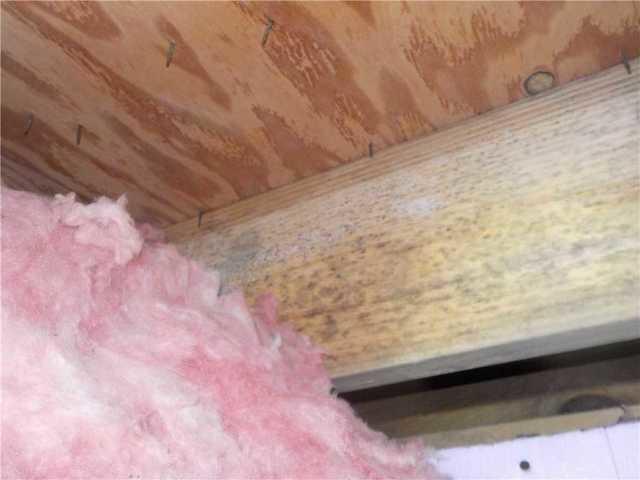
The Truth About Mold
A mold spore is invisible to the naked eye. Once you can see mold, even the small dots covering this beam, what you're seeing are colonies of millions of spores. And once it's growing, mold is very difficult to get rid of.
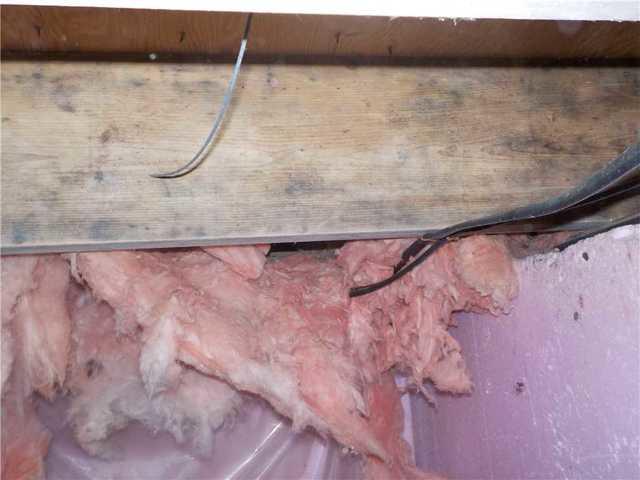
The Effects of Ambient Moisture in a Crawl Space
Here we have another moldy beam, and the next phase of what happens to fiberglass insulation in wet environments. As it absorbs water, it gets heavy and begins to pull away from the ceiling and sag, leaving the area uninsulated.
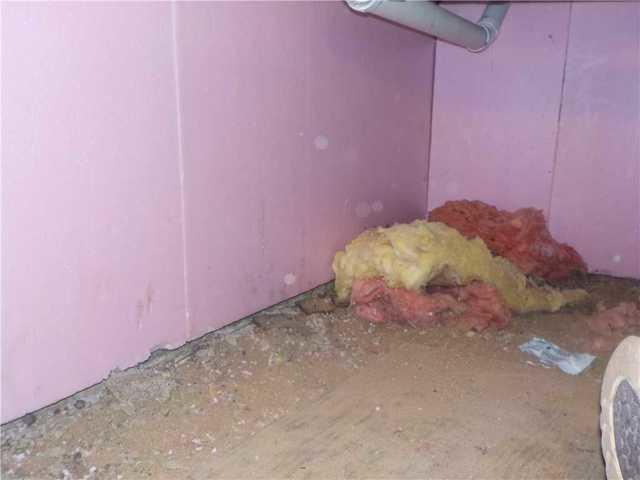
Fallen Insulation in Crawl Space
The final step in the journey of wet fiberglass insulation is when it falls completely, laying in a moldy heap on the ground.
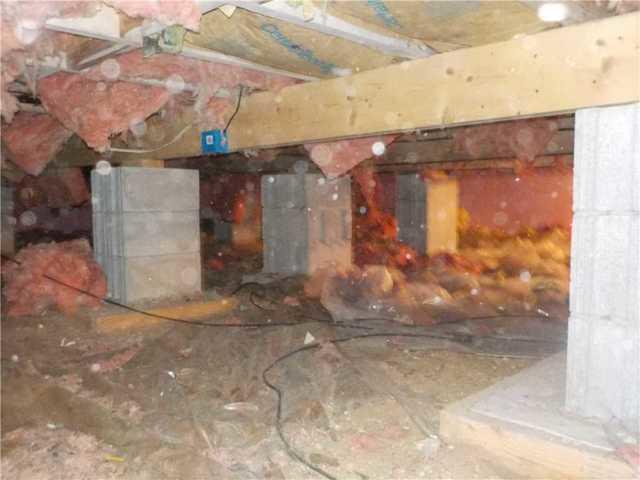
Plastic Sheeting Doesn't Provide Barrier Protection
The problem with the plastic sheeting sold as vapor barrier is both the product itself and the installation. Simply laying out plastic sheeting on the ground provides no protection; you need to secure the barrier to the walls and floor and truly encapsulate the crawl space to prevent the effects of ambient moisture.
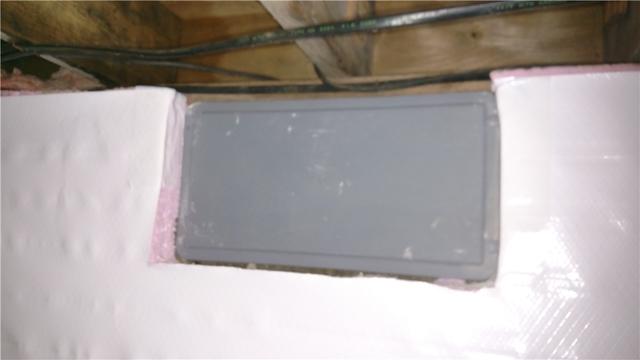
Vent Cover Prevents Air and Water Influx
By covering the crawl space vents, we eliminate a major point of entry for air, water, and everything they bring with them.
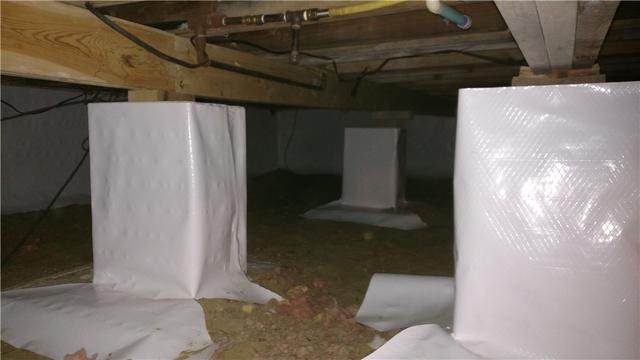
Wrapping Piers for Added Protection
We start the CleanSpace installation by wrapping the crawl space's support piers. This will not only prevent gaps in the barrier, but also protect the piers from future warping due to moisture.
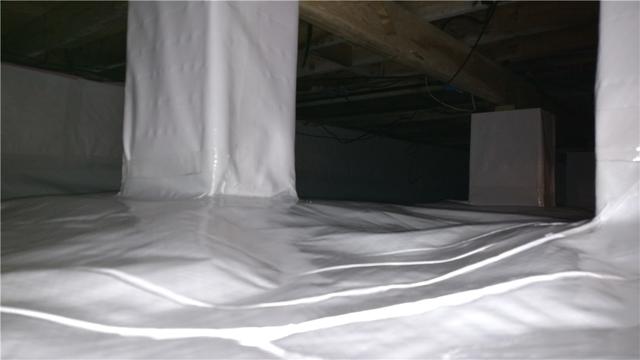
CleanSpace Provides Full Protection
Unlike plastic sheeting that may bunch up and leave areas of the ground exposed, CleanSpace is affixed to the floor and walls of the crawl space, ensuring a water-tight seal.
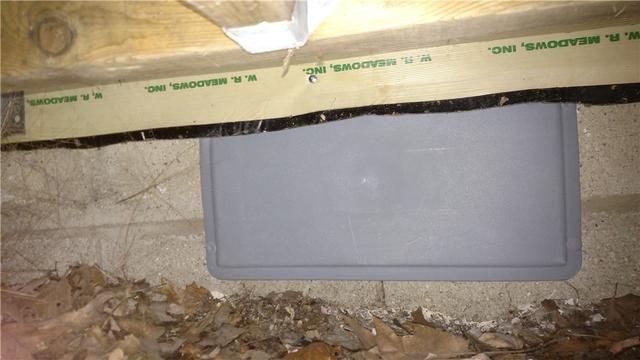
Exterior Vent Cover Protects Against Debris
A few of the vent covers were installed outside - installation can be determined by accessibility - but either way, they protect the crawl space from moisture.
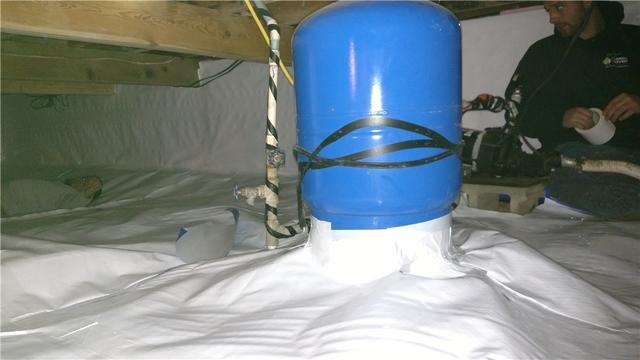
Ensuring a Tight Seal
In addition to wrapping piers, we attach CleanSpace to the base of any other crawl space fixtures to avoid gaps in protection.

FrothPak Insulation Finishes the Job
After the CleanSpace is installed, we use FrothPak spray insulation to seal the rim joists and get into the nooks and crannies to make sure there are no gaps for air or water to breach.
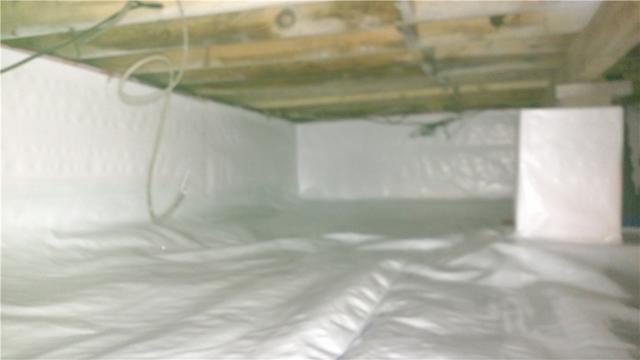
CleanSpace Keeps Crawl Space Clean and Dry
Instead of moldy debris and water littering the sandy crawl space, we have a clean, dry surface that's protected from water.


